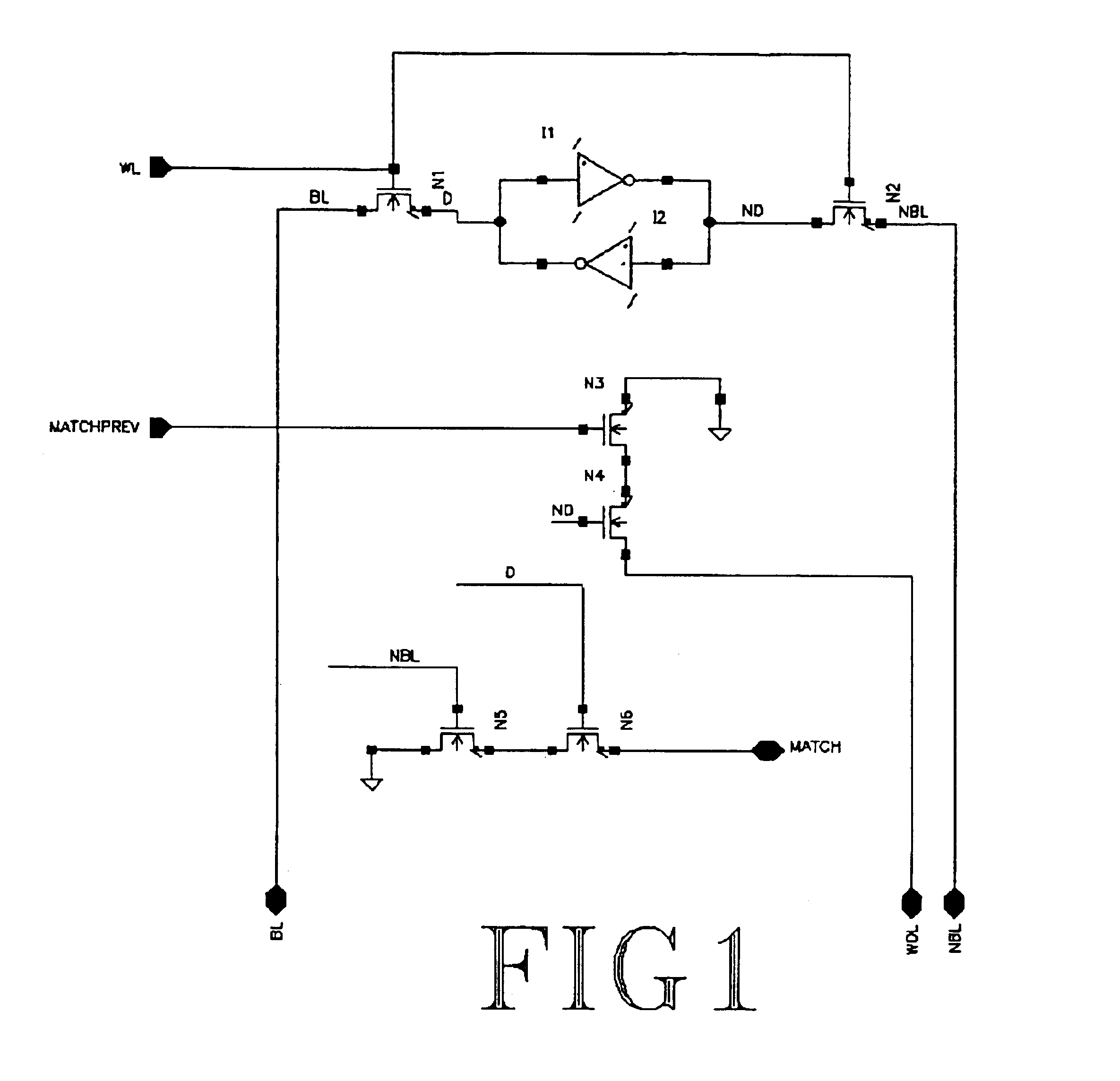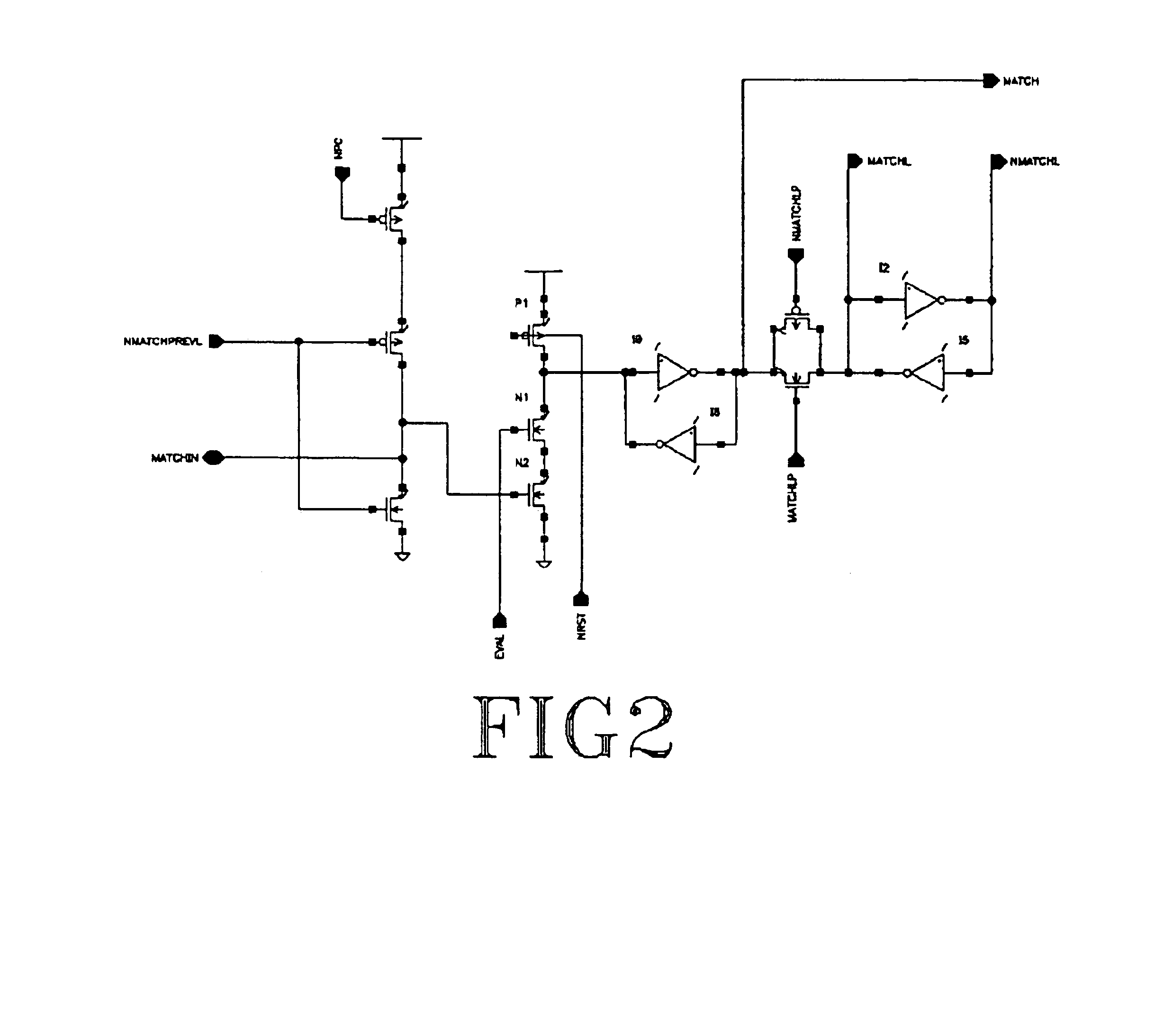Method for the prioritization of database entries
- Summary
- Abstract
- Description
- Claims
- Application Information
AI Technical Summary
Benefits of technology
Problems solved by technology
Method used
Image
Examples
Embodiment Construction
As explained above, each entry in the database is allotted a priority value, which is then stored in a specially encoded form. The encoding of the priority value reduces the complexity of the logic involved. The expanded format that can be used for the encoding is a function of the tradeoff between time and the space available. Encoding is done for pair of bits (half nibble) in a given binary data. For example, 16 bits binary data will have 8 half nibbles, where each half nibble is encoded. Table 1 provides an example of encoding two bits into three bits.
TABLE 1Half NibbleExpanded Format0000001001100111111100 is highest priority and 11 is lowest priority
In table 1 and generally herein, highest priority is designated by 00 and lowest priority by 11.
As explained above, the invention involves the encoding of two bits at a time out of N bits. If the expanded format chosen is to encode two bits into 3 bits, the formula applied for N bits is (N / 2)*3 bits. For example, 11 00 10 01 will be...
PUM
 Login to View More
Login to View More Abstract
Description
Claims
Application Information
 Login to View More
Login to View More - R&D
- Intellectual Property
- Life Sciences
- Materials
- Tech Scout
- Unparalleled Data Quality
- Higher Quality Content
- 60% Fewer Hallucinations
Browse by: Latest US Patents, China's latest patents, Technical Efficacy Thesaurus, Application Domain, Technology Topic, Popular Technical Reports.
© 2025 PatSnap. All rights reserved.Legal|Privacy policy|Modern Slavery Act Transparency Statement|Sitemap|About US| Contact US: help@patsnap.com



